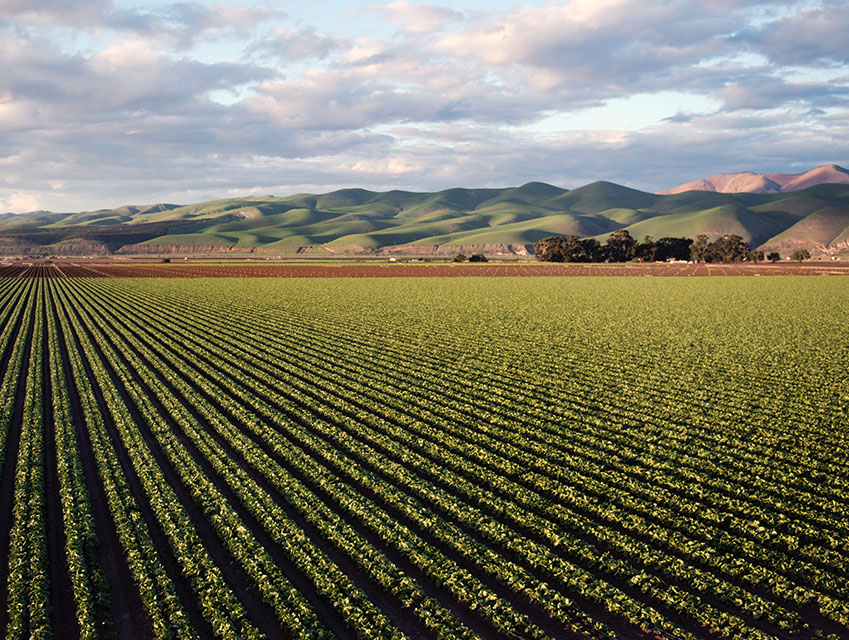Saving Cropland
The choice to use rendered animal proteins in products means less cropland is needed to produce crops like soybeans, that can be used for the same things.
Like rendered proteins, rendered fats are used in animal feed too; so, corn cropland is also saved.
In addition to saving the cropland itself, using rendered products instead of row crop produce saves the water used to irrigate the crops. It also saves the labor needed to tend the crops, as well as the new/virgin resources from ever needing to be used in order to raise those crops.
And of course, by upcycling a product like rendered animal leftovers (that would otherwise be thrown away), the act of using rendered materials in lieu of crop grown ingredients is highly sustainable and reduces food waste.


